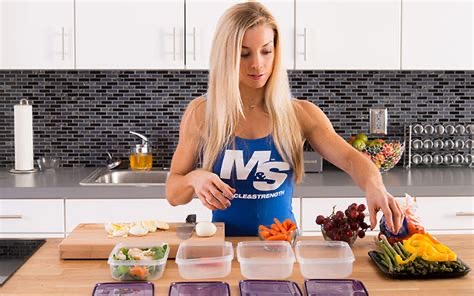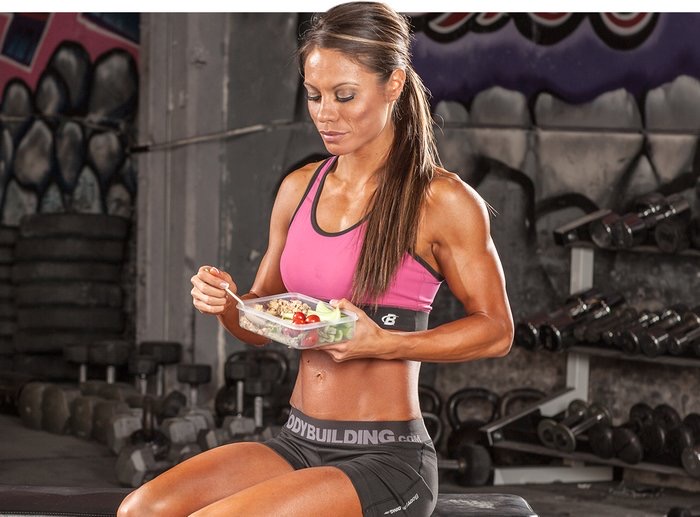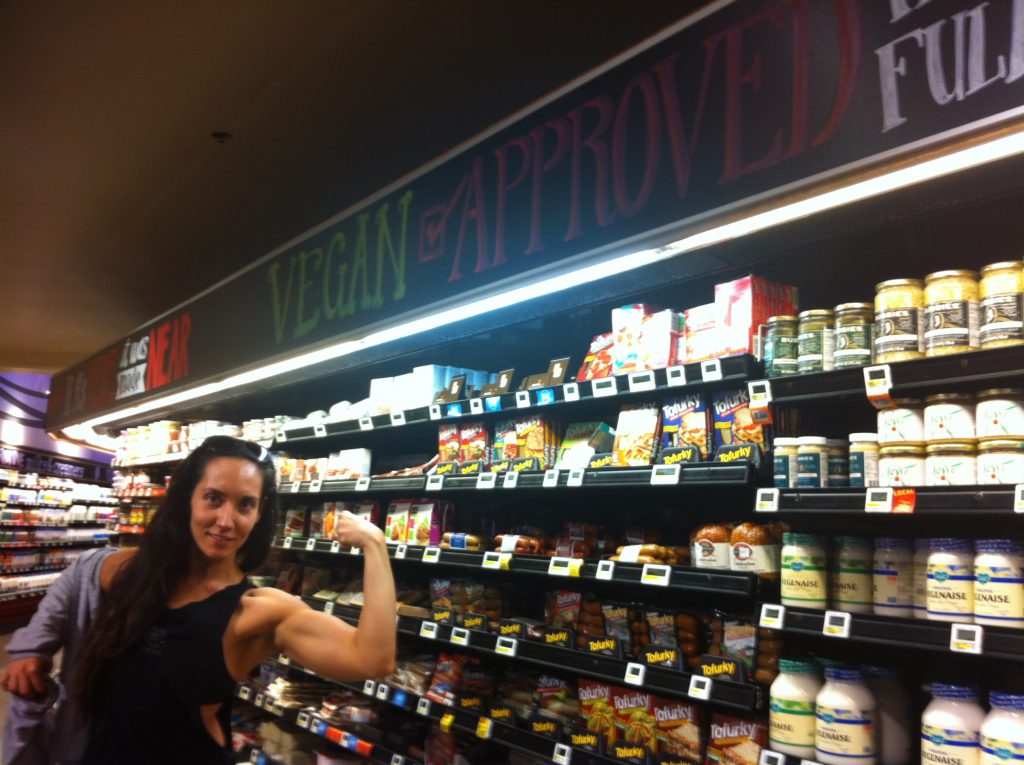
With experts saying people should avoid crowded places because of the novel coronavirus COVID-19 , how should you handle grocery shopping? One option people are turning to is grocery delivery services.
Grocery- and meal-delivery services are seeing huge spikes in business. Instacart, the largest grocery-delivery company, reported record customer demand in the past week. Competitors FreshDirect and Shipt said they also were seeing big surges in orders, as did Amazon, owner of grocery delivery services Amazon Fresh and Amazon Prime Now.
“For older people and those with underlying health conditions—the group that the Centers for Disease Control and Prevention recommends stay home—I would highly recommend using a grocery delivery service,” says Jim Rogers, CR’s director of food safety research and testing.
CR’s Coronavirus Resource HubStay up to date on the latest news and use our advice to keep yourself and your family safe.Learn More

But whether you buy groceries online or in stores, there are some simple steps you can take to try to limit your exposure to coronavirus, and they’re not so different from what CR recommends you typically do. Be sure to:MORE ON CORONAVIRUSCR Coronavirus Resource HubProtect Yourself From CoronavirusWhat You Might Need While QuarantinedGrocery and Meal-Kit Delivery Services Seeing Surge in Demand Due to CoronavirusThese Common Household Products Can Destroy the Novel Coronavirus
Wash nonporous containers. Simple rubbing with soap and water can kill the coronavirus because it tears apart its outer barrier. So use dish soap on plastic, glass, and metal before putting them away. If that’s not practical, wash your hands well after putting away all packaging, including paper boxes and bags. “It all comes down to hand hygiene,” says Liz Garman, a spokesperson for the Association for Professionals in Infection Control and Epidemiology in Arlington, Va.
It also doesn’t hurt to wash your hands after opening the containers and using their contents.
“But if you use a pasta box a few days after you get it, there is little likelihood that the virus could still be live on the box and cause an infection,” says Eike Steinmann, a virologist at Ruhr-Universitat Bochum in Germany who has studied how long viruses live on different surfaces.
One preliminary study found that the coronavirus responsible for the current pandemic doesn’t survive on cardboard longer than 24 hours. Results of the study, conducted by researchers at the National Institute of Allergy and Infectious Diseases and other experts, were published on March 17 in a letter to the editor of the New England Journal of Medicine.

Wash your hands, counter, and other surfaces you’ve touched. Do this after you’ve put away the groceries. Keep in mind that using a disinfectant isn’t necessary unless you’re sharing a space with someone who is exhibiting signs of respiratory illness or has been exposed to the virus.
Wash produce with soap and water. Because COVID-19 is from a family of viruses very likely deactivated by contact with soap and water, washing your fruit and vegetables with soap and water should eliminate any live virus, says Rogers. What’s more, rubbing fruit and vegetables under running water—and scrubbing those with hard skins—can help remove pesticides.
But Rogers says there’s no data to show that COVID-19 is spread by consuming food. “The risk of getting the virus from your food is considered low,” he says.
For hard-skinned produce, scrub skins or peels with a soft-bristled vegetable brush, using dish or hand soap and warm water. For other types of produce, including leafy greens, soak in soapy water for 10 to 15 minutes, then rinse thoroughly.
Other steps may not make much difference. For instance, buying frozen vegetables rather than fresh under the assumption that they’re packed in a more sanitary way is not an approach that has been backed up by evidence, says Rogers.

If You’re Getting Your Groceries Delivered
Even if a grocery store or warehouse is thoroughly cleaned on a regular basis, the delivery person needs to take the same precautions to prevent the spread of a virus to you.
(Among the six services in our recent review of grocery delivery services, AmazonFresh, Amazon Prime Now, Instacart, and Shipt employ independent contractors for deliveries. Instacart has begun offering up to 14 days of pay to all shoppers—including independent contractors—sidelined by coronavirus, plus sick pay to its part-time in-store shoppers. FreshDirect and Peapod delivery personnel are company employees; and Walmart, which wasn’t part of our ratings, uses DoorDash for deliveries.)
While those companies might recommend that deliverers wash their hands often, practice other hygiene measures, and stay home when they’re feeling sick, they can’t monitor whether drivers are actually taking those precautions, says Erin Hatton, an associate professor of sociology and a labor scholar at the University of Buffalo. “And without paid sick leave, workers are going to try to push through as much as they can,” Hatton says.
So follow these steps when ordering deliveries:
Avoid a direct hand-off. Arrange to have the items delivered to your doorstep or a place nearby instead. Instacart added that option last week; other companies have a way to indicate special delivery instructions on their order forms. FreshDirect says its drivers will no longer bring groceries into a home.
Tip electronically. One benefit of ordering deliveries online or via an app is that you don’t have to hand the delivery person money. Opportunities to tip the delivery person are included in most of the delivery apps and online ordering systems.
Order earlier than you usually do. Though it’s not a safety issue, you may find that in the midst of higher demand you have to wait longer. FreshDirect, for instance, mentions on its home page that delivery times are filling up faster than usual. Amazon Prime Now, which chiefly delivers from Whole Foods, also mentions that “availability may be limited,” though it’s not clear whether that means delivery times are limited, items are limited, or both. (An Amazon representative didn’t respond to a CR request for comment.)
If You’re Picking Up Prepacked Groceries
The steps are basically the same for this option as for delivery. If you’ve ordered and are merely having someone put the groceries in your car in a parking lot—an option at about 3,000 Walmart locations nationwide—consider opening your car door yourself rather than having the person bringing the items to your car touch the handle. And if you can tip on a supermarket’s app, do so rather than handing over cash. (Walmart’s employees aren’t permitted to take tips.)
If You’re Buying Groceries in a Store
A key way to prevent the virus’s spread is to stay 6 feet away from other people. The CDC notes that’s generally the distance within which people pick up coronavirus droplets through the air from a cough or sneeze. Such “social distancing” is a good strategy in any situation outside the home, Rogers says. Other ideas:
Go shopping at a time that’s less busy. If you type in the store’s name and location in Google search, a box often will pop up showing when foot traffic there is highest.
Take germicide with you. Use it to wipe your hands and the cart before and after you shop.
Use a credit or debit card. That way, you don’t have to hand over bills or receive change. Also, use your own pen to sign receipts. If you can, use a virtual payment system like Apple Pay so that you don’t have to open your wallet at all.
